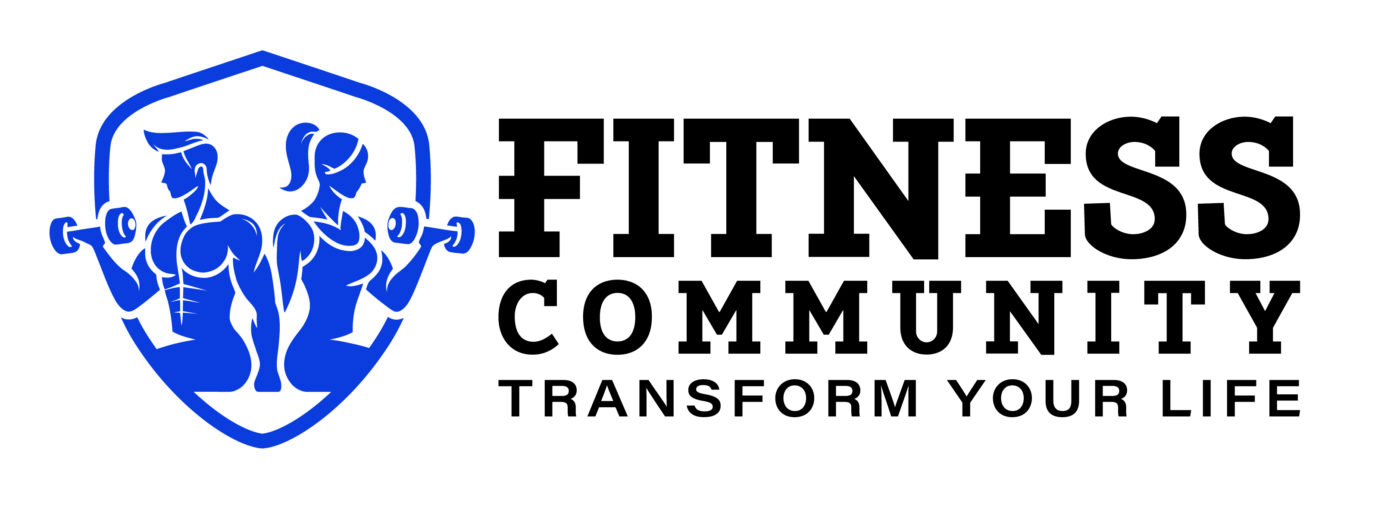CARDIOVASCULAR FITNESS
Fitness Recommendations for Optimal Cardiovascular Health
A strong cardiovascular system is essential for heart health, longevity, and overall well-being. Incorporating the right mix of aerobic exercise, strength training, and movement throughout the day can significantly reduce health risks and boost energy levels. Here’s how to structure your fitness routine for maximum cardiovascular benefits:
1. Follow the Recommended Exercise Guidelines
To keep your heart strong and your endurance high, aim for one of the following:
150 minutes of moderate-intensity aerobic exercise per week
- Examples: Brisk walking, swimming, cycling, dancing, or water aerobics
- Best for: Building endurance, improving circulation, and reducing stress on joints
OR 75 minutes of vigorous-intensity aerobic exercise per week
- Examples: Running, HIIT workouts, rowing, kickboxing, or stair climbing
- Best for: Boosting cardiovascular efficiency, burning more calories in less time
OR a combination of both, spread throughout the week
- Mixing moderate and vigorous exercise can prevent plateaus and keep workouts engaging.
Pro Tip: If meeting the weekly goal feels overwhelming, start with smaller sessions (10–15 minutes at a time) and gradually increase duration and intensity.
2. Combine Cardio with Strength Training
Adding resistance training to your routine maximizes cardiovascular benefits by strengthening muscles, improving metabolism, and enhancing endurance.
Aim for at least 2+ strength training sessions per week
- Focus on major muscle groups (legs, core, back, chest, shoulders, arms).
- Exercises: Bodyweight movements (push-ups, squats, lunges), resistance bands, weightlifting.
Why Strength Training Matters for Cardiovascular Health:
- Increases metabolism → Helps maintain a healthy weight and supports heart function.
- Improves blood circulation → Reduces the risk of high blood pressure and cholesterol buildup.
- Enhances functional movement → Makes everyday activities easier and reduces injury risk.
Pro Tip: Superset strength and cardio movements (e.g., squats followed by jump rope) for a more efficient workout that improves both muscular and cardiovascular endurance.
3. Incorporate Short Bursts of Activity Throughout the Day
If time is tight, don’t worry—even small movements add up and boost heart health. Studies show that incorporating brief high-intensity movements throughout the day can reduce the risk of cardiovascular disease.
Try short bursts of high-intensity activity (1.5 to 4 minutes at a time):
- Fast-paced walking or stair climbing
- Jump rope, jumping jacks, or burpees
- Short sprint intervals or cycling sprints
Break Up Long Periods of Sitting:
- Set a reminder to stand up and move every 30-60 minutes.
- Pace while on phone calls or do light stretches at your desk.
Pro Tip: Short, intense bursts not only boost cardiovascular fitness but also improve metabolism and fat burning throughout the day.
4. Spread Activity Throughout the Week for Consistency
Instead of overloading workouts into just one or two days, aim to move your body regularly for lasting cardiovascular benefits.
Why Regular Movement Matters:
- Prevents workout burnout & injury
- Maintains a steady metabolic rate
- Reinforces habit-building for long-term fitness success
Ways to Stay Active Daily:
- Take the stairs instead of the elevator.
- Walk or bike for short errands instead of driving.
- Join a recreational sports team or fitness class to make movement enjoyable.
Pro Tip: Schedule workouts like meetings—set a calendar reminder to ensure movement becomes a priority, not an afterthought.
Bonus: Lifestyle Habits That Complement Cardiovascular Fitness
Optimizing heart health goes beyond workouts—your daily habits matter too!
Stay Hydrated – Water keeps blood circulation optimal and prevents fatigue.
Prioritize Quality Sleep – Rest allows the heart and muscles to recover.
Manage Stress – Meditation, deep breathing, or yoga can reduce heart strain.
Eat a Heart-Healthy Diet – Focus on lean proteins, healthy fats, fiber-rich foods, and antioxidants.
Avoid Excessive Alcohol & Processed Foods – These contribute to inflammation and heart disease risks.
The Takeaway: Cardiovascular Fitness is a Lifesaver
The science is clear—a stronger cardiovascular system leads to a longer, healthier, and more energetic life. Whether you walk, run, lift, or dance, incorporating regular movement into your routine can:
Lower heart disease and cancer risks
Reduce mortality rates and improve longevity
Enhance brain function, mood, and energy levels
Boost endurance, flexibility, and overall health
The best part? You don’t need a gym to reap the benefits! Even daily walks, stair climbing, and short bursts of movement can make a lasting impact on your health.

